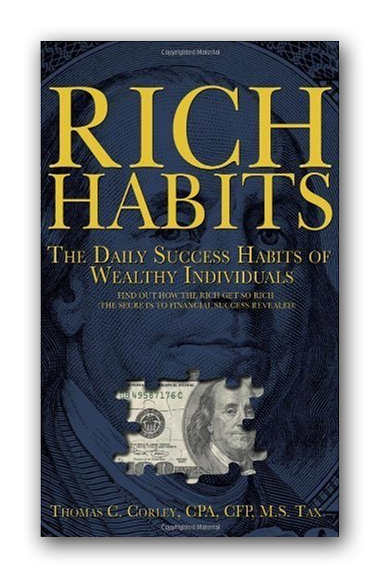
There’s a new tax deduction available for sole proprietors, S Corporation Shareholders, LLC Members, Real Estate Investors and Partners (Pass Through Businesses). It’s called the Qualified Business Income Tax Deduction.
If you qualify, you can get a deduction equal to 20% of the taxable profit from your business for calendar years beginning in 2018. [Read more…]










